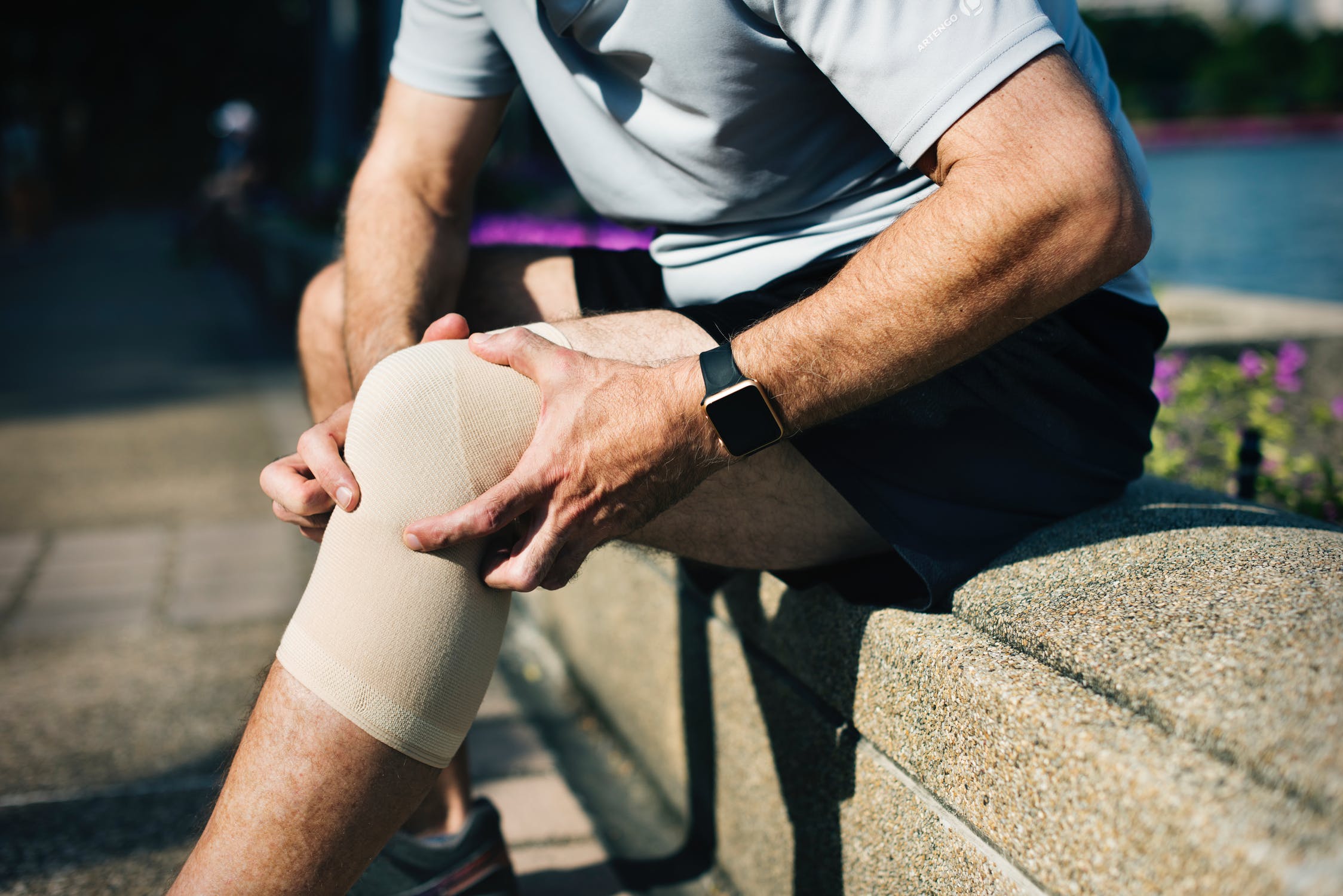
Knee osteoarthritis (OA) is a painful condition that not only slows a person down, but with every step there is a painful reminder that your knee is not ‘normal’. Whether walking, climbing stairs or simply taking a seat in a favorite chair, knee osteoarthritis is always there.
In the early stages of the disease doctor’s advice will be to work with nonsurgical treatment options first. But when the knee is severely damaged by arthritis or injury and it is too difficult to perform simple daily activities, then it may be time to consider total knee replacement (TKR) surgery. Joint replacement surgery is a safe and effective procedure that relieves the pain of osteoarthritis, corrects leg deformity and gets patients back on their feet.
The History of TKR
Knee replacement surgery as been performed since 1968 and over the years since then, dramatic improvements in surgical techniques has only served to increase its effectiveness. Today, total knee replacements are one of the most successful procedures in Orthopaedics, with more than 754,000 knee replacements performed annually in the United States.
Common Causes of Chronic Knee Pain
By far, the most common cause of chronic knee pain and related disability is arthritis. Most knee pain is caused by any one of these three types: osteoarthritis (age related), rheumatoid arthritis (inflammatory arthritis), and post-traumatic arthritis (following a serious knee injury).
Surgery Recommendations Follow These Symptoms
Orthopaedic specialists may recommend TKR when patients experience severe knee pain or stiffness that prevents normal daily motion and activity. Typically, when it becomes difficult to walk short distances without experiencing significant pain, and a cane or walker is the only way to get around, it may be time to consider total knee replacement. Additional considerations include;
- Moderate to severe pain while resting the knee for any length of time
- Chronic knee inflammation and swelling that does not improve with rest or medications
- Knee deformity — a bowing in or out of the knee
- When treatments such as anti-inflammatory medications, cortisone injections, lubricating injections, physical therapy, or other surgeries have failed to relieve the pain or improve mobility.
Who Gets TKR
Most patients who undergo total knee replacement range in age from 50 to 80, but every patient is evaluated individually. Historically, total knee replacements have been performed successfully at all ages, from the young teenager with juvenile arthritis to the elderly patient with degenerative arthritis.
Typical Results
Improvement of knee motion is the primary goal of total knee replacement, but restoration of full motion is not the norm. Motion following surgery can be predicted by the range of pre-surgery motion and most patients can expect to be able to straighten the replaced knee almost to full extent. Bending the knee to facilitate stair climbing and other daily activities is a reasonable expectation, while kneeling can be a little uncomfortable, but not harmful.
More than 90 percent of total knee replacements are functional for 15 years or more following the surgery. Making the effort to protect the knee replacement within the limitations and suggestions of your orthopaedic surgeon and physical therapist is the best way to ensure long term success of total knee replacement surgery.
SRO Total Joint Replacement Center
When joint replacement becomes your best option, you can take comfort in knowing that our specialty-trained surgeons offer the latest, state-of-the-art surgical procedures using the latest technologies, which makes for better outcomes and, in some cases, faster recovery times for our patients. We work to stay abreast of the latest advances in our field and we never lose sight of the importance of optimizing patient outcomes and implant longevity above all else. Learn more …
Article source: AAOS Patient Education — orthoinfo.aaos.org

